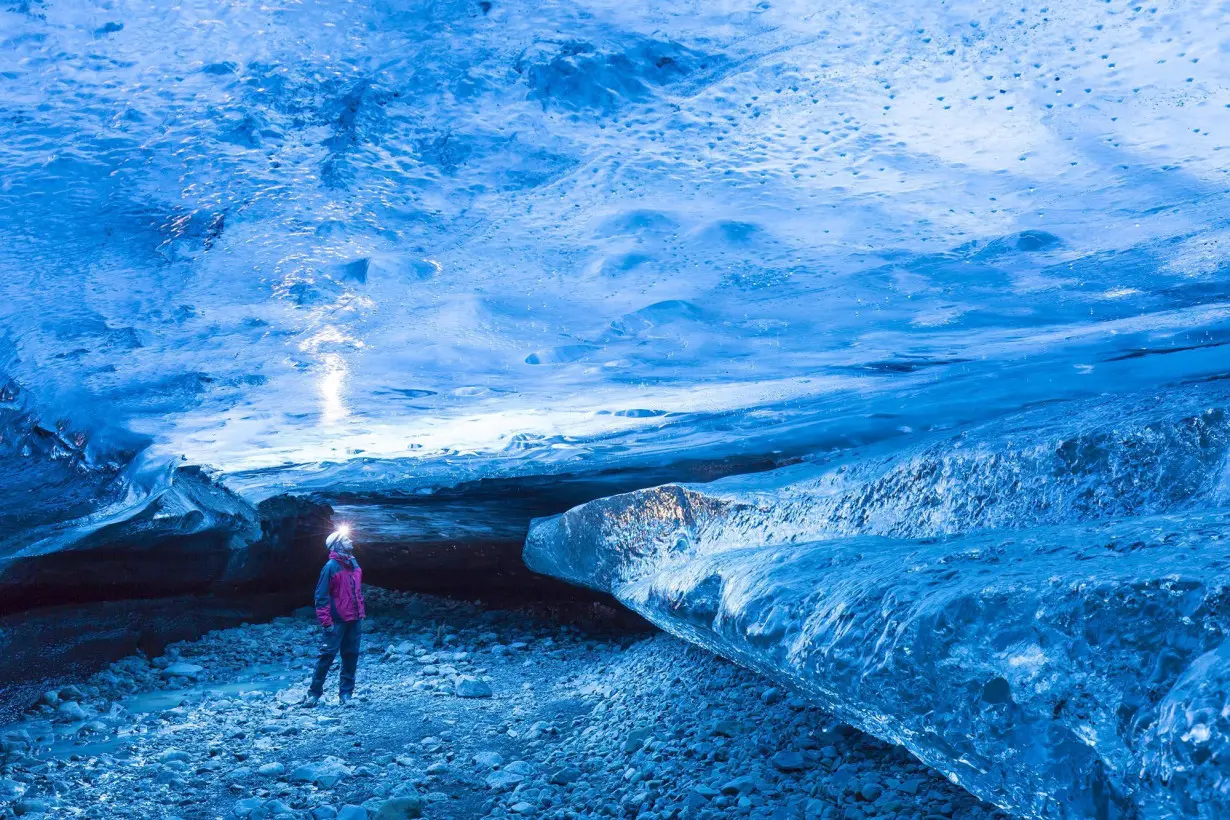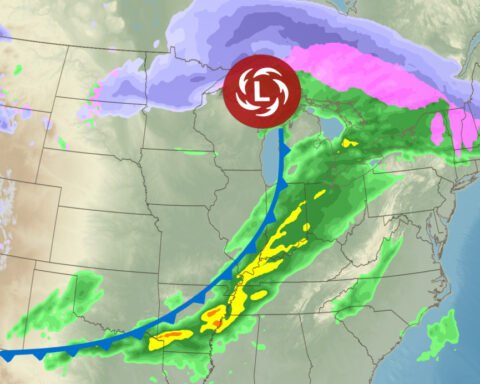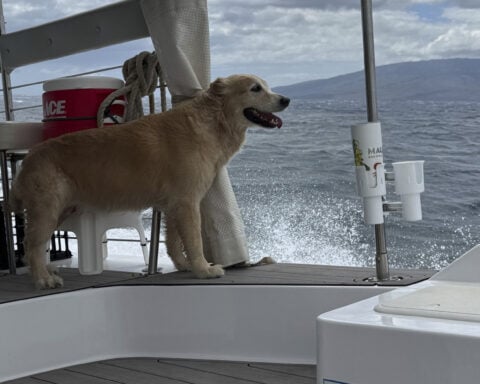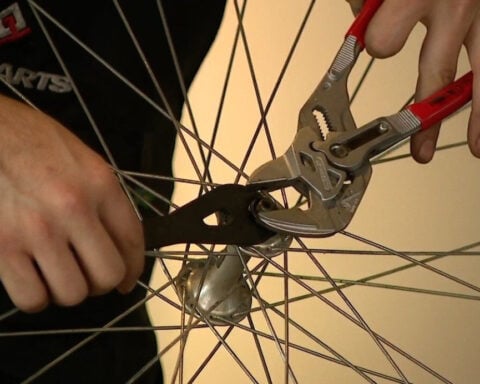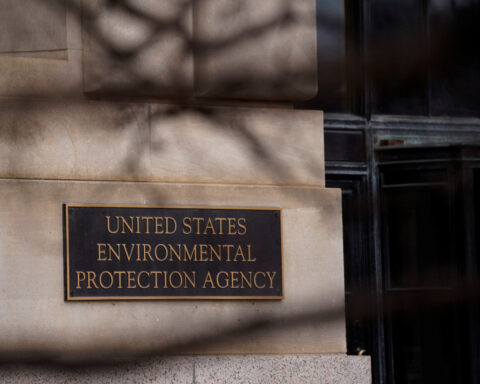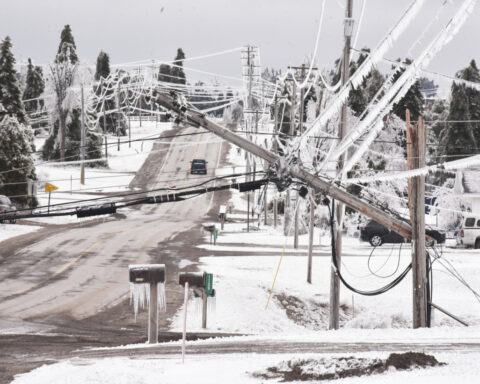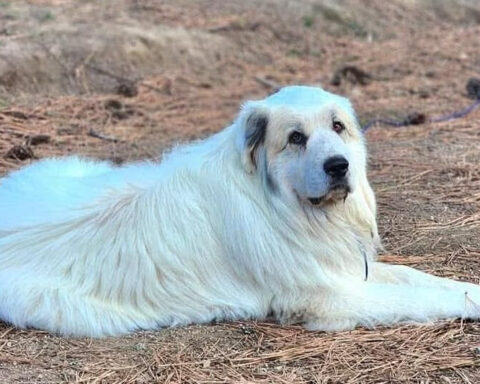(CNN) — On a summer’s evening in 2019, Zach Sheldon watched huge chunks of ice break off Valdez Glacier in Alaska as it calved into the lake below. The following morning, the experienced tour guide led his group to a crest on the glacier to see the aftermath. But as he looked down at the ice-strewn water, he spotted something. He told the tourists to stay back.
The first two bodies were clinging to a canoe, a third was around 150 feet away. They were agonizingly close to the glacier’s edge, and to safety, but had been trapped by ice, slush and debris, said Sheldon, the owner of Alaska Guide Company.
The victims, eventually identified as two Germans and an Austrian, had been boating on Valdez Lake. Sheldon believes they were drawn closer to the glacier by the unusual blue color of the ice, not realizing the striking hue was a warning sign the glacier was about to calve.
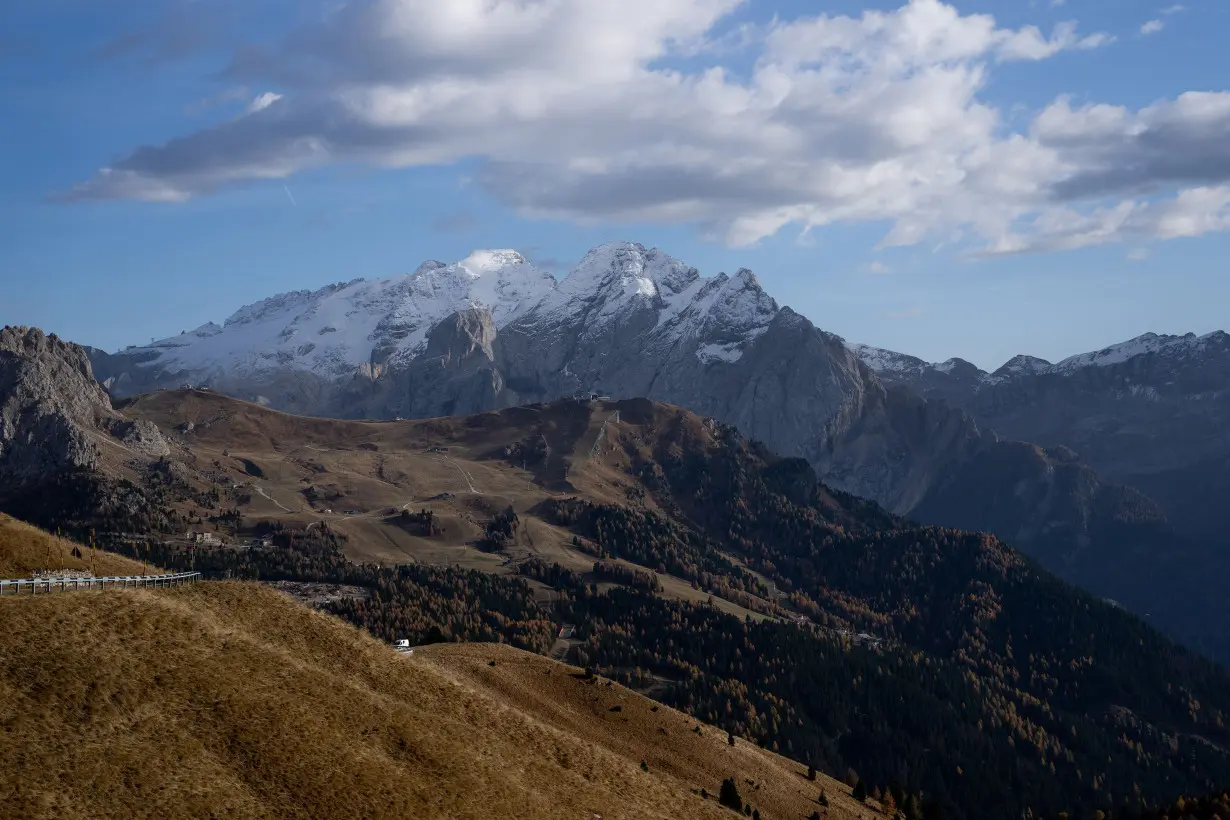
The three people who lost their lives in Alaska are just a few of those who have died on trips to see the world’s fast-disappearing glaciers. The numbers of fatalities may be relatively small, but each tragedy tells a story about a shifting and more dangerous landscape.
Glacier tourism has boomed in recent years. The ice attracts people for many reasons: to fulfill a bucket list dream, get up close to a natural phenomenon, or simply for adventure. But there’s also another motivation increasingly present — the desire to see the glaciers before they disappear.
It’s called “last-chance tourism” and it’s a growing market, said Jackie Dawson, an associate professor at the University of Ottawa who has researched the phenomenon. While tourism has so often been about firsts — the first to climb a mountain or sail a stretch of water — now it’s also about lasts, she told CNN.
Glaciers are becoming the poster child for last-chance destinations. These rivers of ice have molded the world’s landscapes but many are now shrinking, trapped in a death spiral as humans continue to burn fossil fuels and heat the planet. Even under best-case scenarios for climate action, up to half the world’s glaciers may be gone by 2100.
As they melt, they become more accessible. The problem is, they are also more dangerous.
Melting ice is more mobile. Glaciers are becoming increasingly unstable, more rock and sediment tumbles from them and crevasses grow faster.
“They are a complex place to visit,” said Garðar Hrafn Sigurjonsson, a mountain guide speaking on behalf of the Association of Iceland Mountain Guides. “The landscape changes so fast that you can see it from year to year.”
The vast majority of tour guides prioritize safety, he told CNN, “but you’re still dealing with a very unstable element.”
Last month, an American tourist died when an ice cave collapsed at the Breiðamerkurjökull glacier in Iceland. It shook the country, which relies heavily on tourism. Companies halted summer ice cave tours and authorities are considering new safety regulations.
But even with the best intentions, there are likely to be more accidents and fatalities, Dawson said, “because everything is less predictable.”
On a single summer’s day in 2018, two people were killed hiking on Alaska glaciers. A 32-year-old woman died after being hit by chunks of ice falling from Byron Glacier. To the east, near the city of Valdez, a 5-year-old boy hiking with his family on Worthington Glacier lost his life after being struck by a loose rock.
In July 2022, about 64,000 metric tons of water, rock and ice broke off from the Marmolada Glacier in northern Italy. The subsequent ice avalanche killed 11 people hiking a popular trail.
An unusually hot spring and summer had led to massive melting high up on the glacier. That caused a large, hidden crevasse to fill with water, increasing pressure on the ice until it collapsed, said Matthias Huss, a glaciologist at ETH Zürich, a Swiss university.
An event like this had never happened on the glacier before, Huss told CNN. the situation is changing rapidly in the mountains, he said. “Glaciers that were always considered stable suddenly become dangerous.”
The technology to understand glacial hazards and implement early warning systems is improving, he added, but it’s a challenge to recognize which sites might become dangerous.
For glacier guides, it’s a constant battle to adapt to a landscape changing at lightning speed.
A few decades ago, summer skiing on glaciers was widespread, said Huss. Nowadays, almost all glacier ski destinations close in summer.
In Alaska, Sheldon used to be able to find a good area for ice climbing for the whole summer. Now, as the glacier melts, a wall might last maybe two or three weeks before climbers need to move to a different section.
“I can’t get over how fast it’s disappearing,” he said. Yet while the landscape shrinks, the tourists increase. Demand for his tours grows around 20% to 30% every year, he said.
The potential dangers are not yet pushing people to seek out different destinations, said Stefan Gössling, professor of tourism research at Linnaeus University in Sweden.
“The risks have definitely increased. But do people heed the call? I’m not really sure,” Gössling said. Many are convinced danger is manageable, he told CNN, but “if you’re honest about it, that might often be a rather naive understanding.”
As well the safety issues glaciers pose tourists, tourists are also a huge risk to the glaciers themselves.
The airplanes used by many to reach these icy destinations are an enormous source of planet-heating pollution. Each metric ton of carbon pollution melts around 30 square feet of Arctic ice, according to one study, meaning a round trip flight between New York and Anchorage in Alaska, for example, results in a loss of about 70 square feet of Arctic ice.
“People usually don’t make that connection, that they themselves are the reason why we have these disappearing attractions,” Gössling said.
For others, however, there’s a real value in showing people what’s being lost.
One of the most common questions Sheldon gets asked as a glacier guide is, “Do you really believe in climate change?”
When he can show them a glacier that has retreated a mile in a year, as happened to the Valdez Glacier in 2020, “it’s just kind of an awakening of, wow, things really are changing,” he said.
As the glaciers shift, so too will glacier tourism, something that’s starkly clear to Sheldon. “I figure we only have six to 10 years left with iceberg tours,” he said. “The glacier calves differently now.”
The-CNN-Wire
™ & © 2024 Cable News Network, Inc., a Warner Bros. Discovery Company. All rights reserved.

 Trump has begun another trade war. Here's a timeline of how we got here
Trump has begun another trade war. Here's a timeline of how we got here
 Canada's leader laments lost friendship with US in town that sheltered stranded Americans after 9/11
Canada's leader laments lost friendship with US in town that sheltered stranded Americans after 9/11
 Chinese EV giant BYD's fourth-quarter profit leaps 73%
Chinese EV giant BYD's fourth-quarter profit leaps 73%
 You're an American in another land? Prepare to talk about the why and how of Trump 2.0
You're an American in another land? Prepare to talk about the why and how of Trump 2.0
 Chalk talk: Star power, top teams and No. 5 seeds headline the women's March Madness Sweet 16
Chalk talk: Star power, top teams and No. 5 seeds headline the women's March Madness Sweet 16
 Purdue returns to Sweet 16 with 76-62 win over McNeese in March Madness
Purdue returns to Sweet 16 with 76-62 win over McNeese in March Madness
